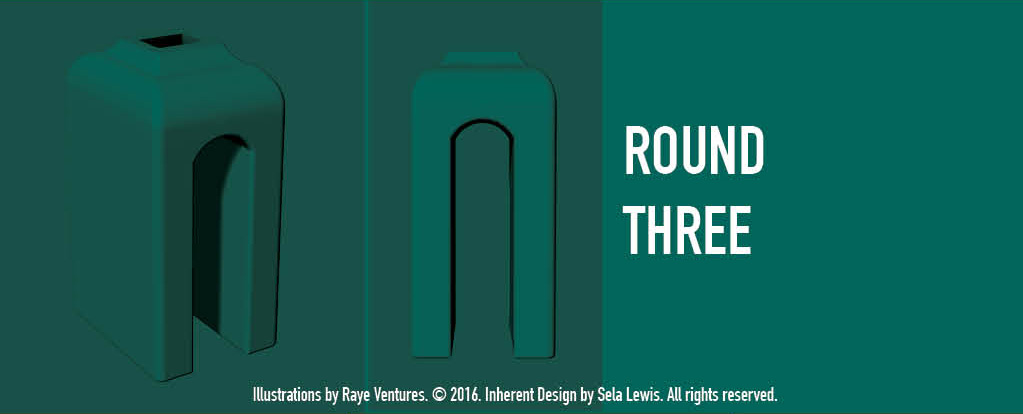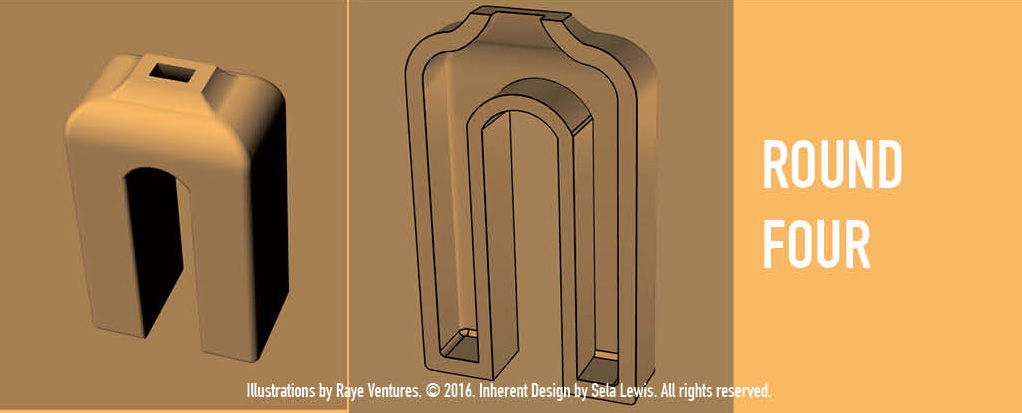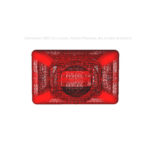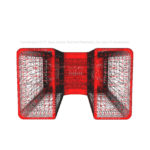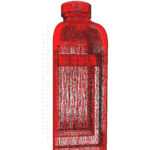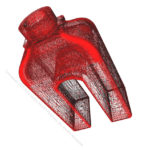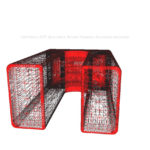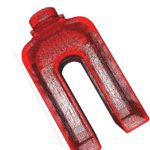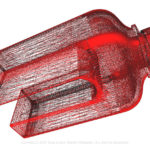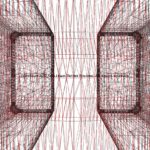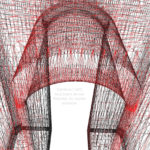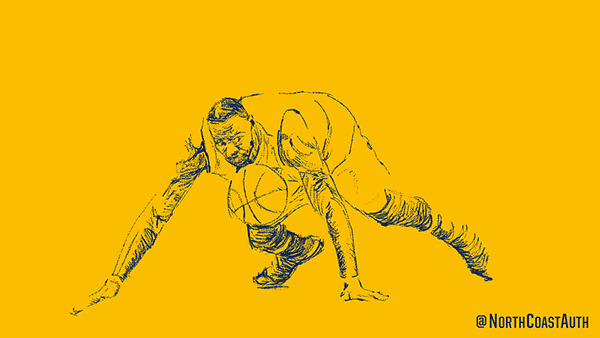
Dec
Owning What You Make | Teamwork Makes the Dream Work
[responsivevoice_button voice=”UK English Female” buttontext=”Listen to Post”]
During my senior year of college I developed an idea for a bottle. I’d drawn it and modeled it as part of my technical illustration and 3D model classes. A few years later, it was suggested I should patent it. 12 years later I finally have enough time, money, and experience to see this project come to full fruition: a patented, licensed, marketed, mass-produced, and sold product. This miniseries, Owning What You Make, covers the highs and lows of when a graphic designer pursues product design.
My patent is currently in the search phase, so this gives me time to work on the prototype. But after sitting and staring at Photoshop 3D for 20 minutes, I realized I had no idea how to digitize this product for proper 3D printing.

I bet if I stare at this software feature long enough it’ll… I need help.
I knew how to imagine the exterior form. But I had no idea how to create the interior form, taking it from drawings to a working object. Working with any 3D modeler requires extending a huge amount of trust that they will see your vision through. This is my baby, and it has a lot of potential.
”But in a more humanistic sense, if you create a product designed to make people's lives easier, adaptable, and more enjoyable, you are doing the good work of a designer. If your product is only meant to appeal to a few people, it's not well-designed.
Shapeways profiles several freelance 3D designers who offer their services. As a woman, it is incredibly difficult to do anything socially on the internet. Conducting business mostly sight unseen is fraught with a lot of anxiety. Especially when you have to trust someone with your ideas. After interviewing a few other candidates, Reginald Raye of Raye Ventures is rare.
What I’ve loved so far about working with Reggie is that he may not see the idea initially, but he works to get it right. He’s committed to seeing my idea accurately. That requires, not just respect for the client, but a huge leap of faith and a willingness to tinker. Plus, he asks the right questions.
Instead of:
Have you thought about where this would be sold?
It’s:
Given the thickness of the ceramic material, you might not have enough space for liquid. How do you want to address that?
Through this process, I’m learning to address material thickness, cross-sectioning, net weight of liquid, filleting of edges, and I’m still learning. We worked through about 4 iterations, and a digital file is ready for prototyping.

In the first round, Reggie wanted to make sure the basic outer form was in the right direction. So far, so good.
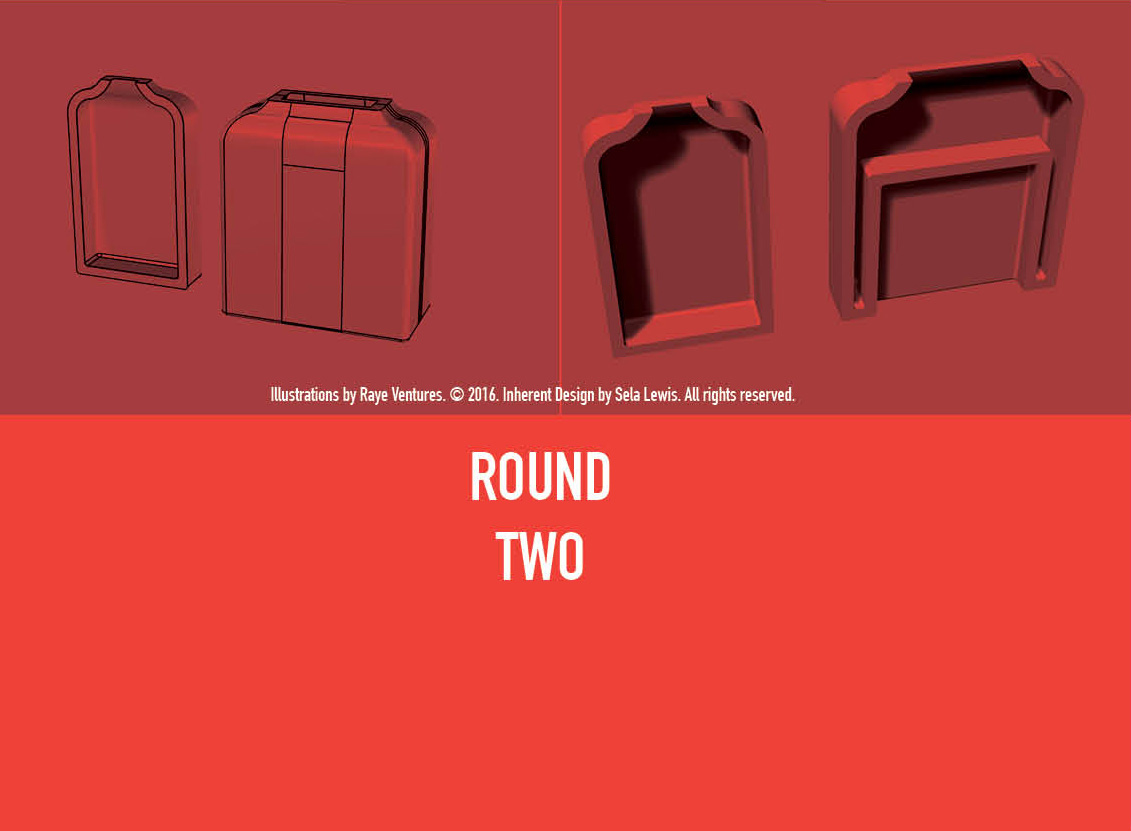
However, by round two there was some miscommunication about the hole in the middle of the bottle. I explained that he should imagine, and supplied more of my illustrations. Undeterred, Reggie went back to the first round, and tried again. Note that the mouth and lip are not in this or the next few rounds. That is a separate piece what will be attached in the final prototype.
We’re still working on a few more tweaks. UPDATE: A final 3D model is ready for print. These are preview wireframe images. Note all the interior work done.
The final dimensions may be slightly adjusted. But as the sole patent applicant, I can submit updated illustrations, based on the final prototype.
This process was not going to be an easy slam dunk. Instead it’s a lot like the struggle alley-oop of Lebron James and Kyrie Irving. We had some momentum, stumbled, got back up, passed the ball, passed it back and made the slam dunk.
My ultimate goal is to get this on the shelves, and available for people to buy. Shapeways offers e-commerce sites for custom 3D pieces. However, the price per unit is based on one-time printing, making basic coffee mugs costing upwards of $65. My goal is to make this accessible to as many people as possible.
Some cringe when they hear the words “mass production.” They hear, “cheap,” and “inauthentic.” But in a practical sense, the benefits of mass production are crucial: They make well-made products available to as many people as possible. Financially, it has the potential to be more lucrative, as a licensed patent could generate ongoing profit percentages in the form of royalties.
But in a more humanistic sense, if you create a product designed to make people’s lives easier, adaptable, and more enjoyable, you are doing the good work of a designer. If your product is only meant to appeal to a few people, it’s not well-designed.
The first few prototypes might be ceramic. But I’d also like to create versions in glass and plastic. Imagine this working as an olive oil bottle or a child’s sippy cup. Or a water bottle. Or a container for milk or balsamic vinegar. That requires mass production and distribution. Working out the details of a patent and manufacturing ensures that you’ve done your work well enough for a distributor to trust you have a reliable product.
Next time, I’ll talk about prototype marketing to potential distributors.
Owning What You Make, covers the highs and lows of when a graphic designer pursues industrial design.



